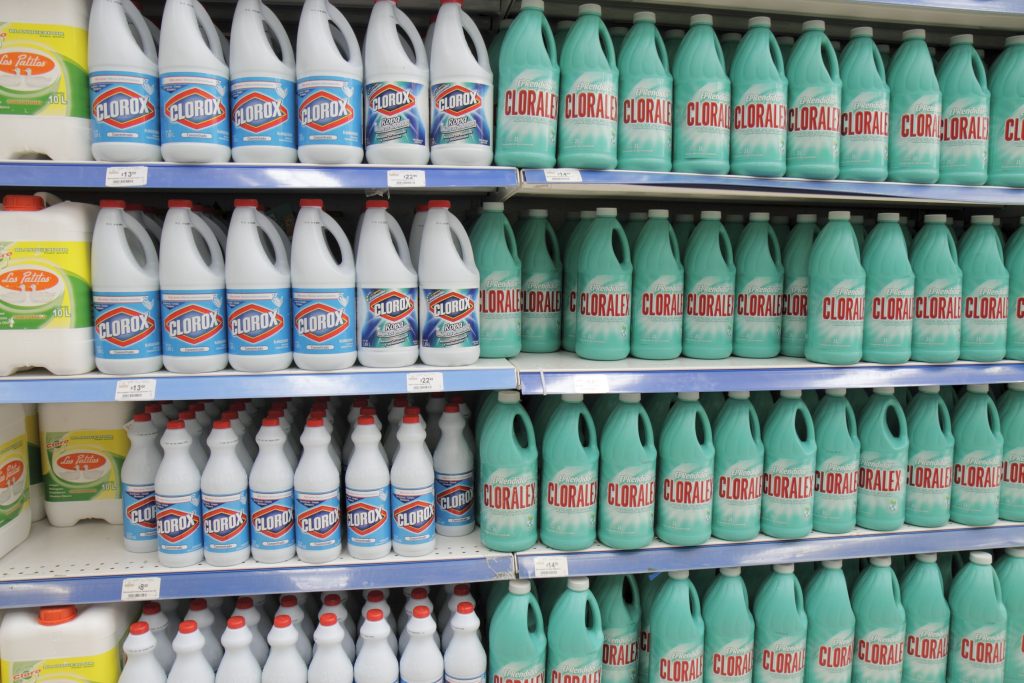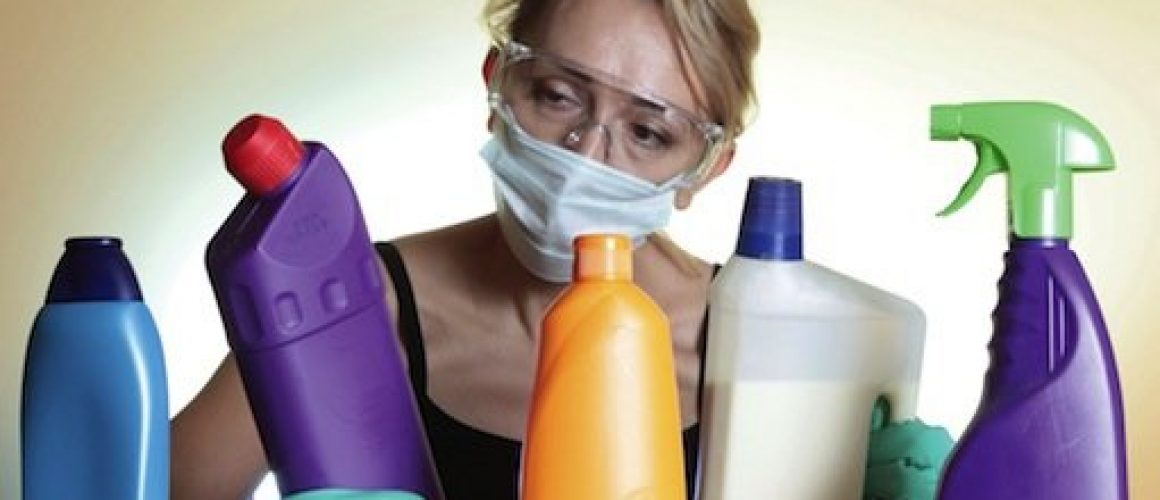How to choose your bleach
I believe everyone knows that disinfection with diluted bleach is a very common disinfection method. This is mainly because bleaching water is low in cost, easy to use, and has a good disinfection and sterilization effect, so it is often used for environmental disinfection. For example, when cleaning and disinfecting floors in hospitals, diluted bleach is often used. The smell of chlorine when you walk into the hospital is actually the smell of bleach most of the time.
Why does bleach have such a strong disinfection ability? Because bleach is a high concentration sodium hypochlorite (NaClO) solution. We mentioned in the previous white factor article that sodium hypochlorite is actually a chemical with a strong oxidizing ability. When dissolved in water, it will decompose into sodium ions (Na +) and hypochlorite ions (ClO–).
In an aqueous solution, ClO– reacts with water, making the solution alkaline and transforming into hypochlorous acid (HClO). Studies have found that, although both ClO– and HClO have the effect of killing bacteria and viruses, HClO has a faster sterilization speed and is currently considered to be a substance that mainly provides sterilization and disinfection effects.

The basic sodium hypochlorite aqueous solution contains NaClO, HOCl, and NaOH. Generally speaking, commercially available bleaching water is considered to be a high-concentration, highly alkaline sodium hypochlorite solution, mostly between 5.25% -6.15% (approximately 52500-61500 ppm), and the pH is about 10-12. Under this condition, there will be only a very small amount of HClO molecules, mainly in the form of ClO–, and the disinfection effect will be poor.
Therefore, in order to have a certain disinfection effect, in actual use, bleach water will need to be diluted. This has two goals: on the one hand, to achieve the disinfection and antibacterial effect, it does not need to be so concentrated (a few hundred to several thousand ppm is sufficient) ) On the other hand, diluting the bleaching water can slightly reduce the pH value of the sodium hypochlorite solution to 8-9. The more acidic the solution, the higher the proportion of HClO, and it has a better disinfection and antibacterial effect.
Because of the better bactericidal effect of HClO, hypochlorous-related products cannot be stored for a long time after opening. In contrast, sodium hypochlorite is more stable and can be stored for a longer time.
I also want to remind everyone here, in order to increase the proportion of HClO, do not want to mix acidic hypochlorous acid solution with bleach water and strong acid in your own home. Such a mixing step is easy to produce a large amount of chlorine gas because the strong acid is overdosed. . There was a cleaning staff who accidentally mixed bleach water and hydrochloric acid (strong acid) together, which caused a large amount of chlorine gas instantly, which caused discomfort to nearby people. This kind of strong acid-base operation has certain dangers, we do not recommend that the general public make their own deployments! For ordinary people, please dilute bleach with water!
Source: THE STORM MEDIA 風傳媒




